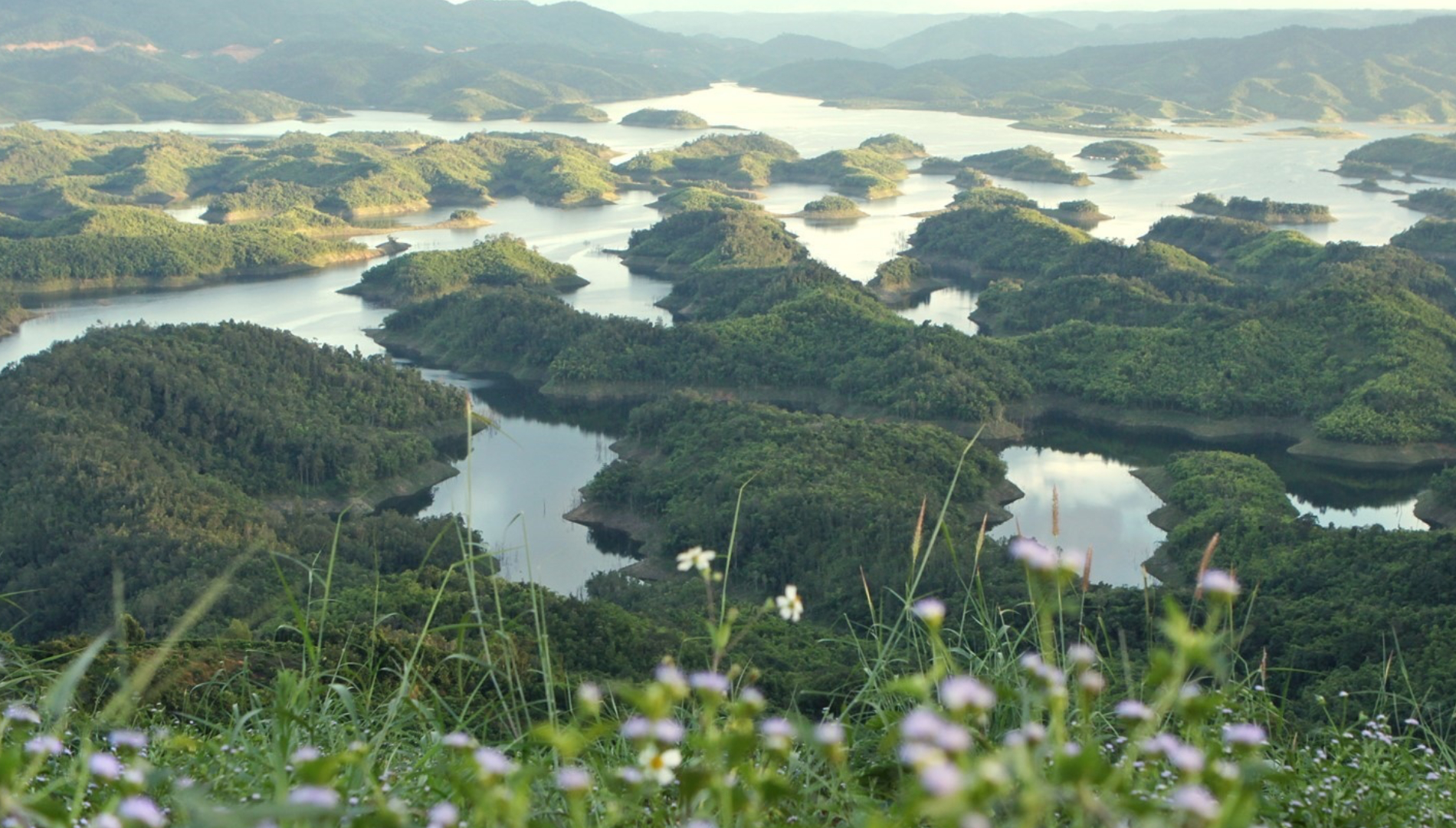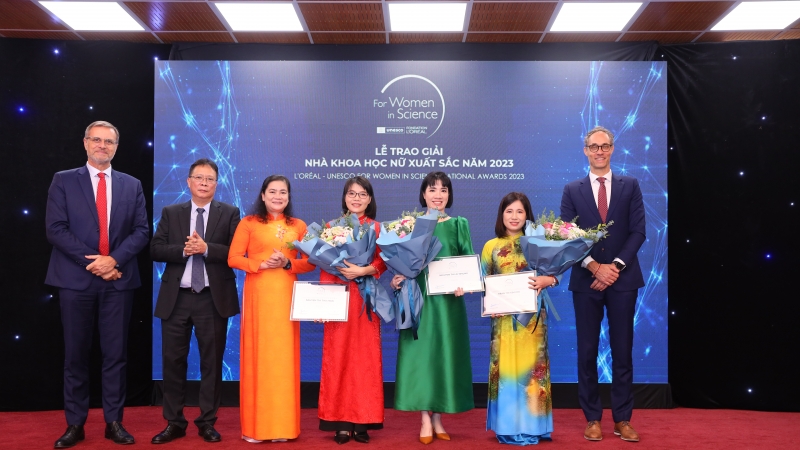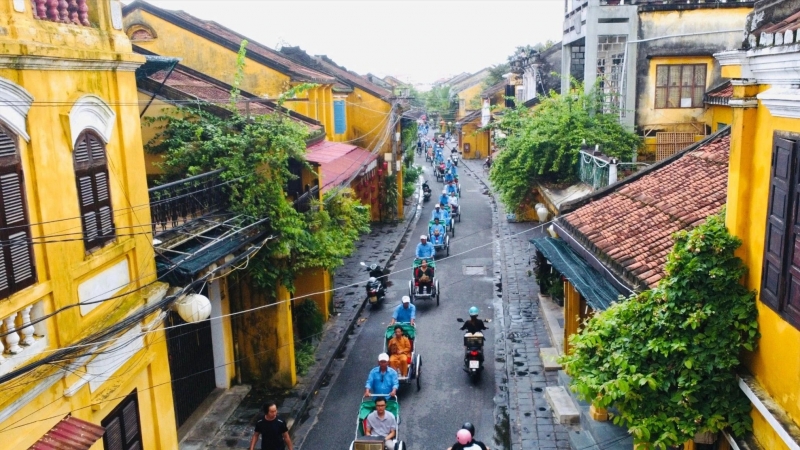Dak Nong Geopark has been officially re-recognized by UNESCO as a Global Geopark for the period 2024-2027. This is a great honor for Dak Nong province and a testament to the efforts to preserve and develop the local geological values over the years.
Chairman of the Global Geoparks Network, Prof. Nikolas Zorous, will present the Decision to recognize Dak Nong as a UNESCO Global Geopark to Dak Nong province at the International Conference on the Global Geoparks Network in the Asia-Pacific region, taking place from September 4-11 in Cao Bang.
The decision to recognize the title of UNESCO Global Geopark Dak Nong for the period 2024 - 2027 not only recognizes the efforts, will and determination of the government and people of Dak Nong province in the work of preserving and promoting the overall value of heritage types, but also opens up opportunities to attract resources for sustainable socio-economic development of the locality.
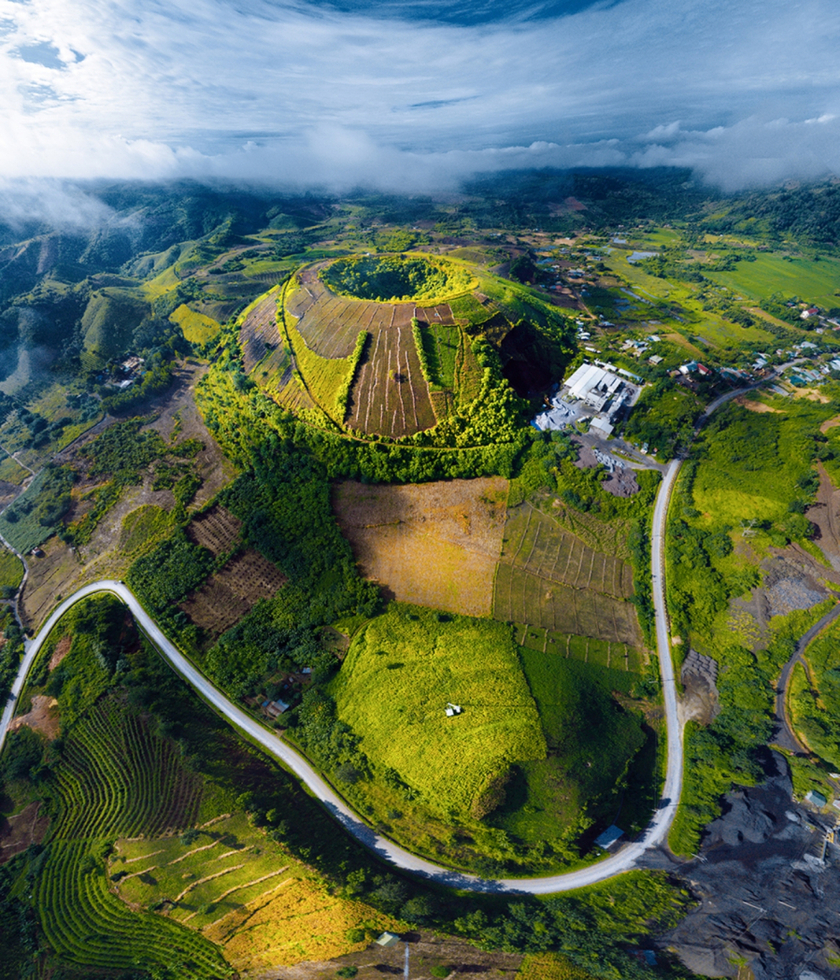
Dak Nong UNESCO Global Geopark
The decision was adopted by the Global Geoparks Council at its 8th Session, within the framework of the 10th Global Geoparks Network Conference, taking place in the Kingdom of Morocco in 2023.
The decision to recognize the title of UNESCO Global Geopark Dak Nong, period 2024-2027 not only recognizes the efforts, will and determination of the government and people of Dak Nong province in the work of preserving and promoting the overall value of heritage types but also opens up opportunities to attract resources for sustainable socio-economic development of the locality.
Dak Nong UNESCO Global Geopark covers an area of 4,760 km2, spread over 6 districts and cities. It has a unique volcanic cave system, the longest in Southeast Asia, in which traces of prehistoric human habitation have been discovered. This is also a land of diverse cultures of more than 40 ethnic groups, part of the "Central Highlands Gong Cultural Space" - a masterpiece of intangible cultural heritage of humanity.

Awakening the Southern Central Highlands heritage region
The history of this land dates back 140 million years ago, when it was part of a vast ocean, with traces found in sedimentary rocks, ammonite fossils, and other fossils. Tectonic movements of the Earth's crust caused the area to be uplifted and volcanoes to appear. Volcanic activity covered up to half of the area with layers of basalt lava.
The most special feature in Dak Nong Geopark is the cave system in basalt, distributed in the Dray Sap-Chu R'Luh area, discovered in 2007.
This volcanic cave system has been recognized by the Japan Volcanic Cave Association as a Southeast Asian record for its scale, length and uniqueness. The caves still contain many secrets about the formation mechanism, mineral complexes, biodiversity and archaeological sites.
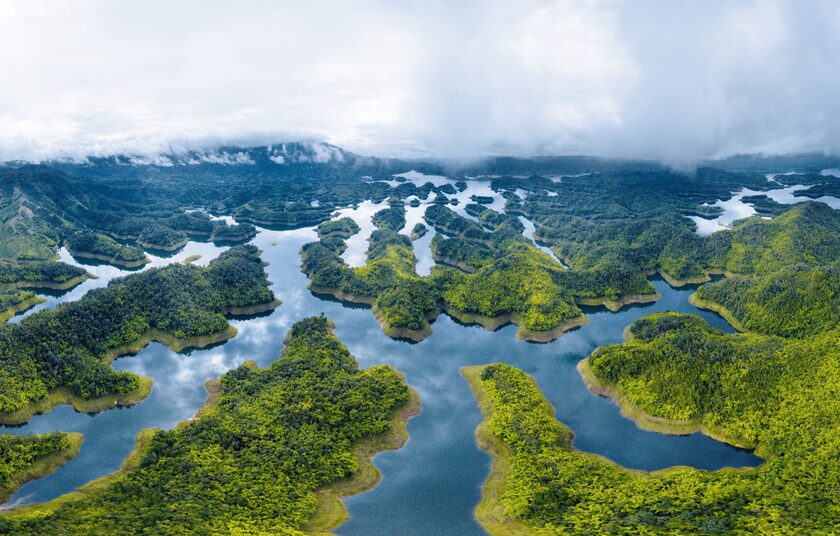
The discoveries of prehistoric human archaeological sites living in the volcanic cave area of the Geopark have attracted the attention of many researchers and domestic and foreign tourists.
The initial research results, together with the collection of archaeological relics with a fairly dense density, recorded that this is a cultural vestige of the Late Neolithic and Early Metal Age residents dating back 6,000 years ago. The discovered archaeological relics include stone tools, raw stones and disc-shaped stone tools, short axes, flake tools, flakes, stones, grinding stones, and grinding stones.






